For a tiny tear-shaped island country that rests in the Indian Ocean, Sri Lanka holds within its boundaries unfathomable diversity that will leave you spellbound. Blessed with a tropical climate and experiencing two monsoon seasons, both at different times, in different regions of the island, the popularity of the Sri Lanka tour package is undeniable. Surfing over glorious waves, hiking across the most gorgeous landscapes, or lazing around at the pristine sandy beaches lined with palm trees – it is so amazing that you’ll be spoilt for choice.
However, if you are in the mood for something different, if you are a wildlife enthusiast, if you want to enjoy your vacation amidst untouched wilderness, Sri Lanka, setting a shining example for the world when it comes to wildlife conservation, is home to no less than 26 national parks and 2 marine parks, that you can consider exploring.
Yala National Park
The second largest but most visited national park in Sri Lanka, Yala National Park is situated in the south-eastern part of the country and covers an area of 1260 square kilometres. Recognised as a Wildlife Sanctuary in 1900 and as a National Park in 1938, Yala National Park is segmented into 5 sectors, of which two are open for visitors, while the rest are strictly designated as a natural reserve. Covering the Hambantota District of the Southern Province and the Monaragala District of the Uva Province, Yala National Park is situated in a dry, semi-arid region that is relieved by the rains during the northeast monsoon. The Park has varied ecosystems, from marine and freshwater wetlands to moist monsoon forests, and is home to almost 215 bird and 44 mammal species.
The Wildlife at Yala National Park
One of the biggest reasons why this is one of the top places to visit in Sri Lanka is because it has the highest densities of leopards in the world. While a number of tourists head to Yala to be able to spot a leopard, the park is also home to an impressive number of elephants and deer that roam about freely, not minding the tourists at all. You’ll find many options for safaris in Sri Lanka where you would be able to spot these calm herbivores with ease. If luck is on your side, you may even be able to spot the Sri Lankan sloth bear. The 215 species of birds in the National Park include endemic birds, migratory birds, and even birds that have been bred in the national park itself.
It also houses endemic snakes and lizards, crabs, prawns, and more than 20 types of fish that are bred here.
The Flora
Located on the coast and covering a large span in Sri Lanka, Yala National Park supports different types of ecosystems, as it includes diverse landscapes and various types of water bodies. Apart from the wetlands, the park also has dry monsoon forests, deciduous forests, thorny forests, sandy beaches, and much more. That is why, when you visit the Yala National Park in Sri Lanka, you can explore a diverse range of flora, from local Sri Lankan trees to mangroves. However, with most of the park being closed to the general public, some trees and unexpected ecosystems may be out of bounds for you.
The Cultural Significance of the Area
Yala has played a central role in past civilisations in Sri Lanka. Yala National Park is located where it is believed that Ravana, the Sri Lankan king had established his kingdom, the boundary of which was marked by the now-submerged-in-the-sea Ravana Kotte (The Great Basses Reef Lighthouse).
Yala also fell on popular trade routes, from where the Indo-Aryan civilisation also reached the small island nation. Located within the Yala National Park are Situlpahuwa (was the home of 12000 arahants), Magul Vihara (built in 87 BC), Akasa Chaitiya (built in the 2nd century BC), as well as several ancient, dis-repaired tanks that stand testament to the rich hydraulic mechanisms of an agricultural civilisation that dated back to the 5th century BC.
Agriculture was a flourishing activity under the Ruhuna Kingdom, which was established in 200 BC and started declining towards the end of the 13th century AD. Yala National Park also served as a popular hunting ground during colonial times.
Yala National Park Safari
The best way to explore the terrain and spot the many animals of Yala National Park is by jeep safari. You can choose from a number of options, like a 4-hour tour, a half-day tour, a full-day tour, or opt for an overnight tour that would include camping options as well. There are many providers offering safaris of the park all over Sri Lanka and you can choose any from among them unless you have a pre-booked package. If you do choose to book your safari when you get there, don’t forget to haggle to get a decent price for your Yala Safari. With the number of birds or animals you can spot, don’t forget to take your binoculars with you!
P.S. Always remember to follow any instructions you are given and ensure you do not step off the vehicle unless it has been announced as being safe to do so.
Accommodation
From camping after a safari at Yala National Park to ecological luxury tent setups in the park’s buffer zone to hotels near Yala National Park’s location, tourists can find many options to stay in the area. You can put in some research to find a hotel or campsite that suits your preferences and customise your package to Sri Lanka to include your choice of accommodation.
Camping at Yala National Park in Sri Lanka
One of the most popular activities among visitors to the national park is camping within the boundaries of the park. Catering to these needs, at Yala National Park, you will be able to find a multitude of authorised camping sites, where you will be able to experience nature and wilderness up close in the night as you sit beside a cheery bonfire and enjoy some good food.
Even among these camping sites, you will have options, ranging from the basic camping facilities that let you get low and rugged and experience the toughness of camping, just like in the old days to glamping options where you can nestle amidst the wild forests and trees in your own cocoon of luxury.
Other Things to Do at Yala National Park
The list of things to do in Sri Lanka is a sizeable one: -
- Head out for a short 3–4-hour safari early in the morning or late evening and try to spot a leopard.
- While the coastline facing the park is not open to the public, you can visit the assigned areas of the beach where proper safety measures have been implemented.
- There is also a tsunami-hit location on the coast, where numerous people had lost their lives. You can also visit that place to pay homage.
- Try your hand at birding – even if you have no idea what birds to look out for, with around 215 avian species, you’ll surely be able to spot something interesting.
- Spend a night at the park-provided bungalow, located right inside the park itself, where you may even hear the gentle sounds of leopards yawning in the night!
- Opt for Yala National Park tours to the 2200-year-old Buddhist monastery near the park. It’s the perfect spot for history and archaeology buffs.
Important Information for All Visitors to the Yala National Park
- The ticket price for Yala National Park is different for locals, children, and foreigners, and may vary with the season. So, ensure you check the park’s official website for the price beforehand.
- During a safari, never get out of the jeep or venture into the wilderness.
- Do not use your flash when taking pictures. It can irritate the animals’ eyes, leading to unpredictable situations.
- Do not consume alcohol or drugs and do not smoke within the park’s premises.
- Keep your phones on silent. Unexpected loud sounds could disturb the animals.
- You cannot start eating wherever you wish to inside the park. There are restrictions in place, and you should ask your driver or guide about eating norms.
- Food with a strong odour should not be taken inside.
- Do not throw food or offer food to animals.
- Anything that can harm the wildlife (guns, lighters, knives, etc.) should not be carried inside.
- Unnecessary honking disrupts the wildlife ecosystem.
- Do not touch or take anything that belongs to the wilderness, even if it’s just a stone or some sand.
- In case of emergency, it is important to stay calm. The guide/trekker will be able to handle the situation and sudden noises may just make it worse.
During the dry season, from February to June, the water levels in the park are lower, which leads to many animals coming out in search of water, making it easier for tourists to spot animals they may never have seen before.
Whatever time you pick to visit Yala National Park, make sure you find the best available tour package for the same and customise it with your choice of accommodation, so you can enjoy the perfect vacation amidst the natural wilderness.










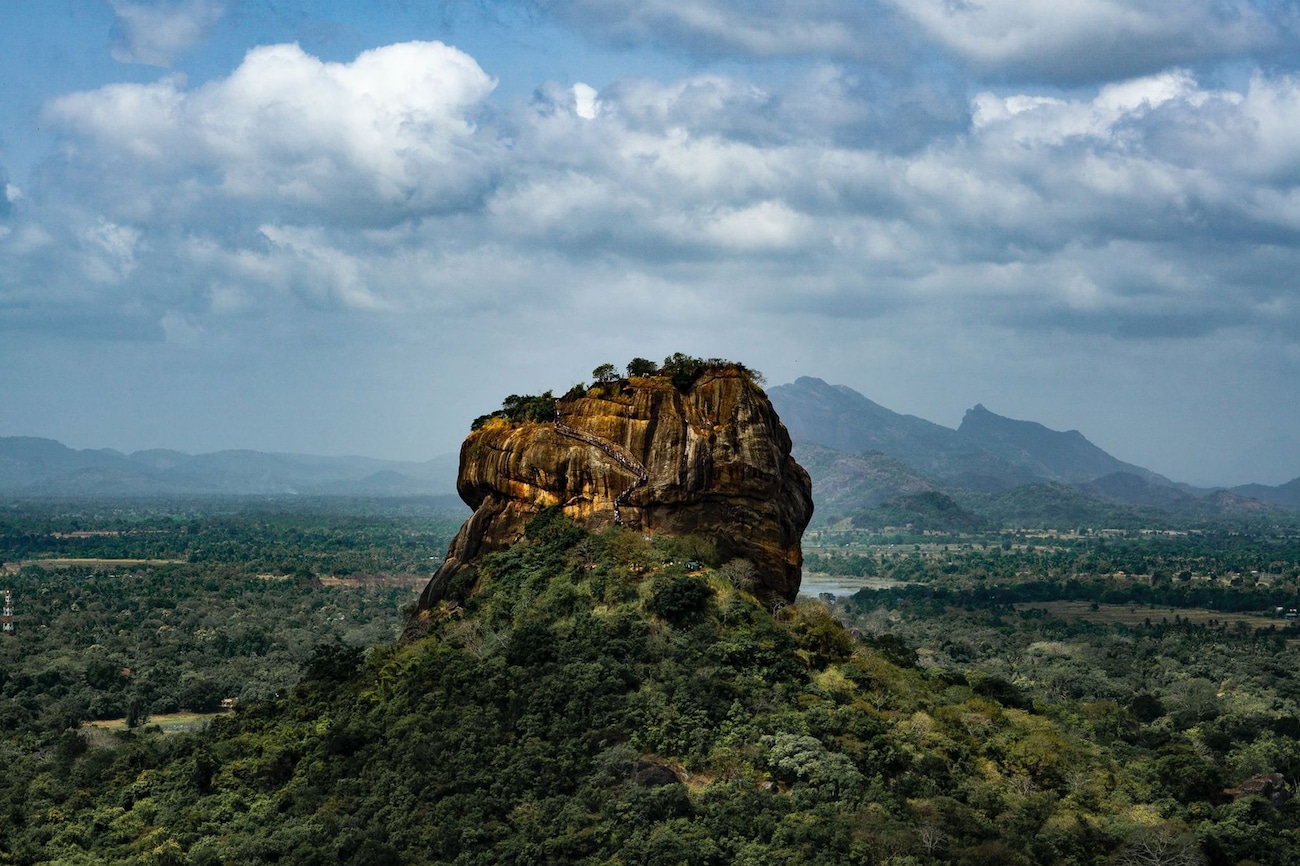
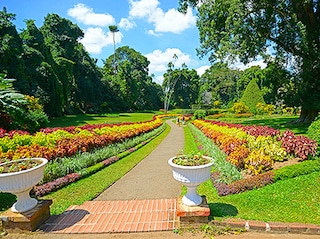
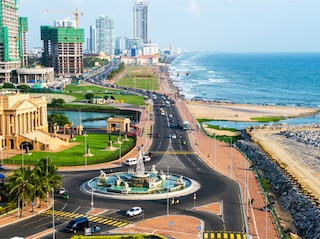
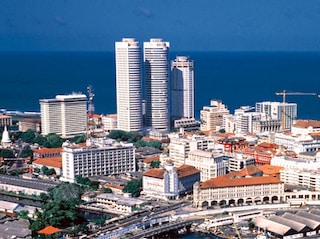

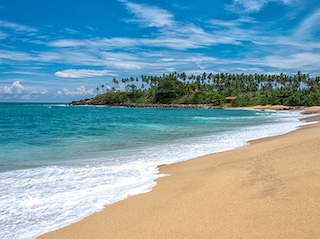




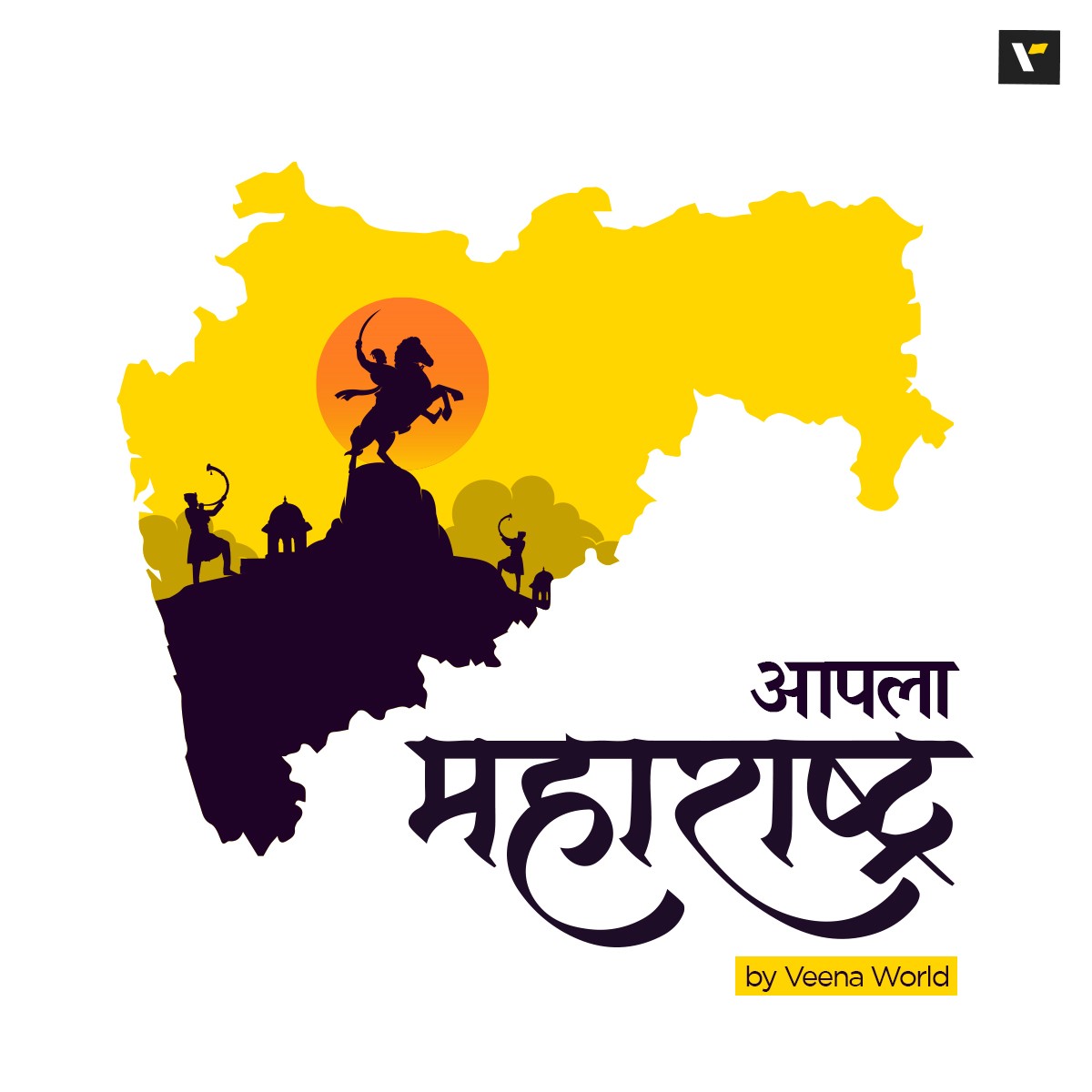









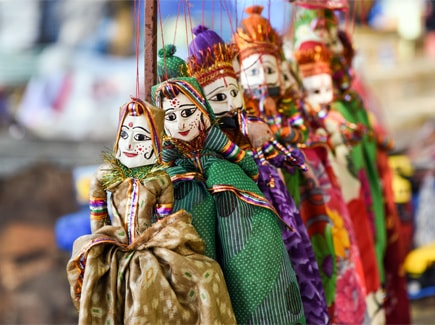
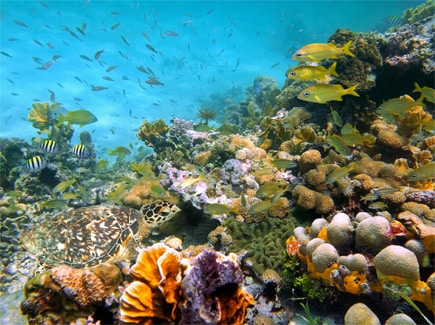
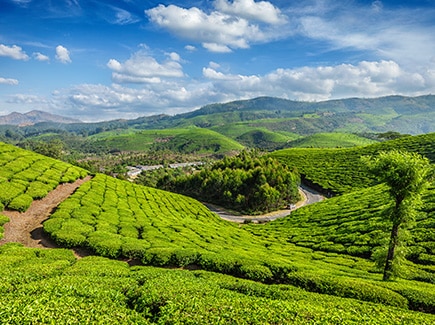

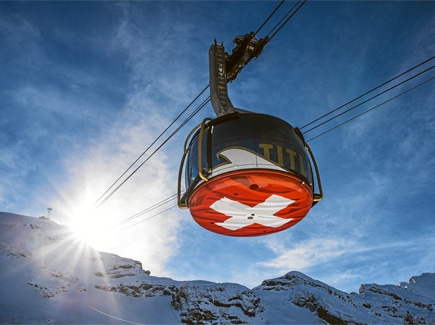
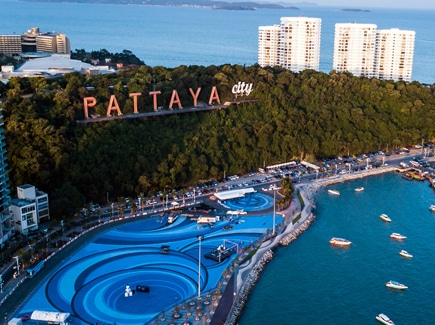
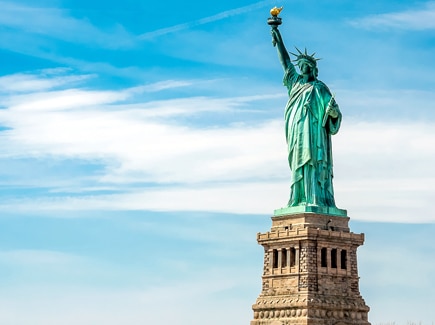
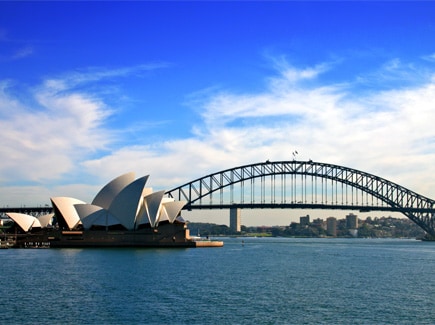


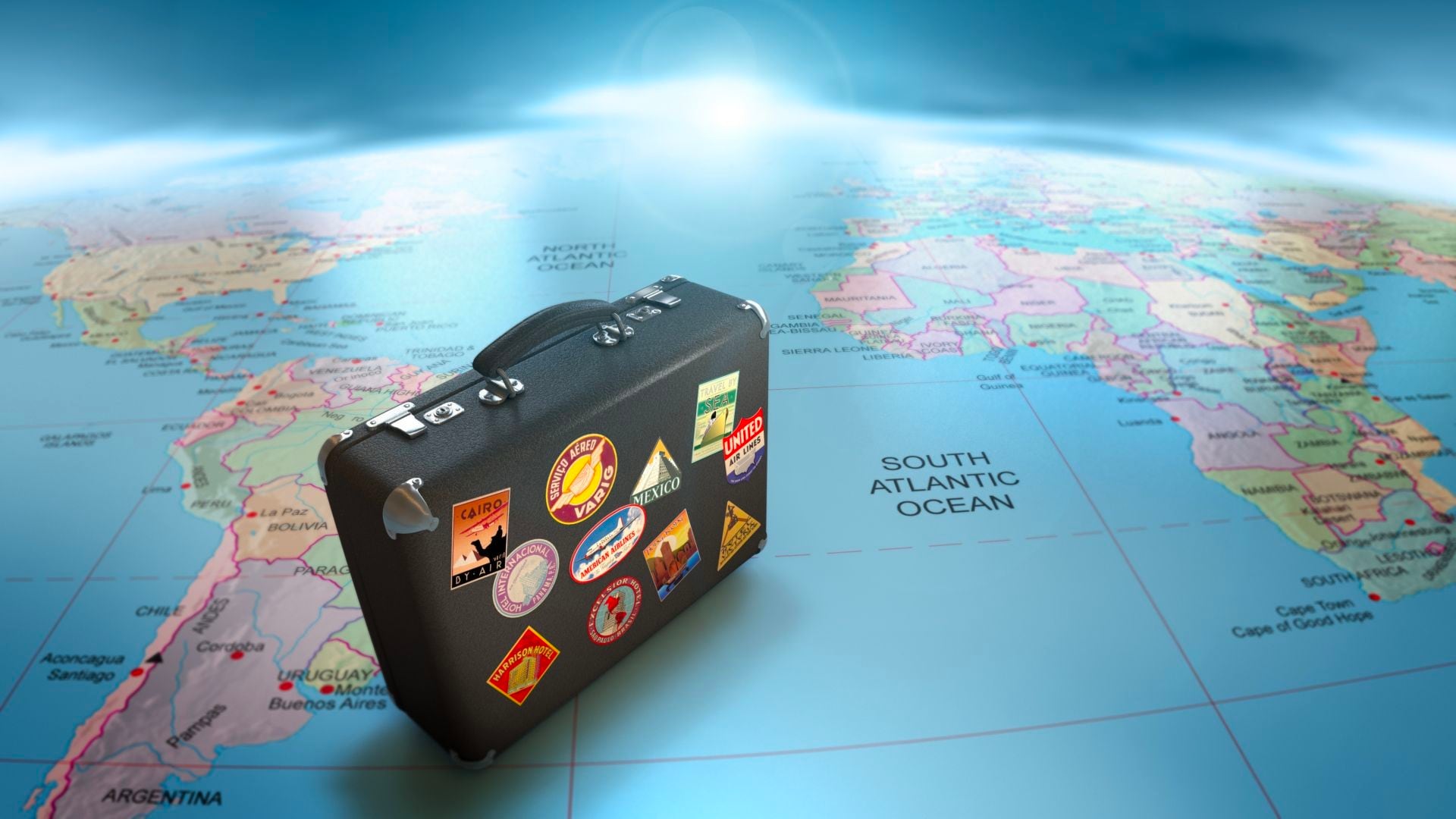

Post your Comment
Please let us know your thoughts on this story by leaving a comment.